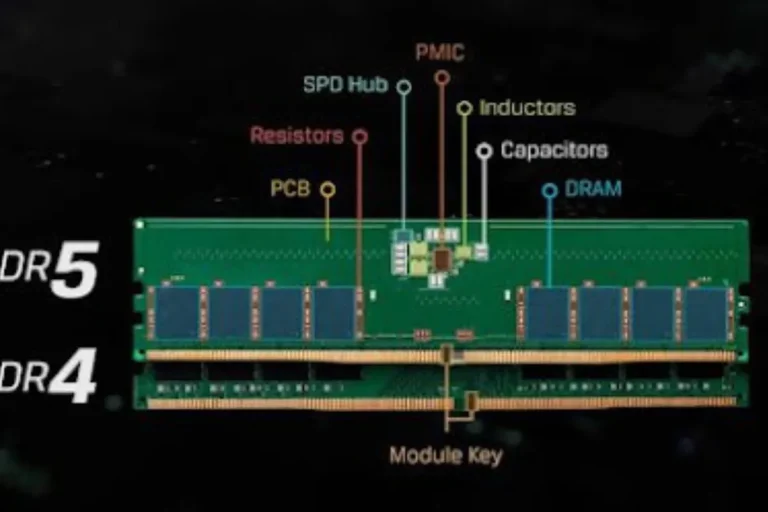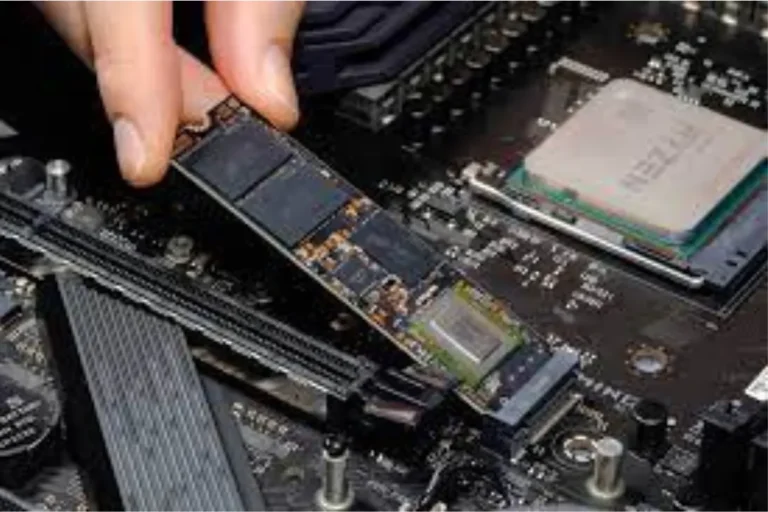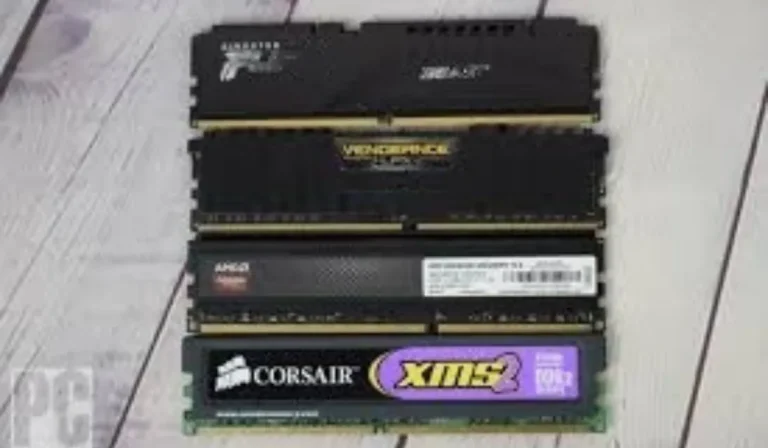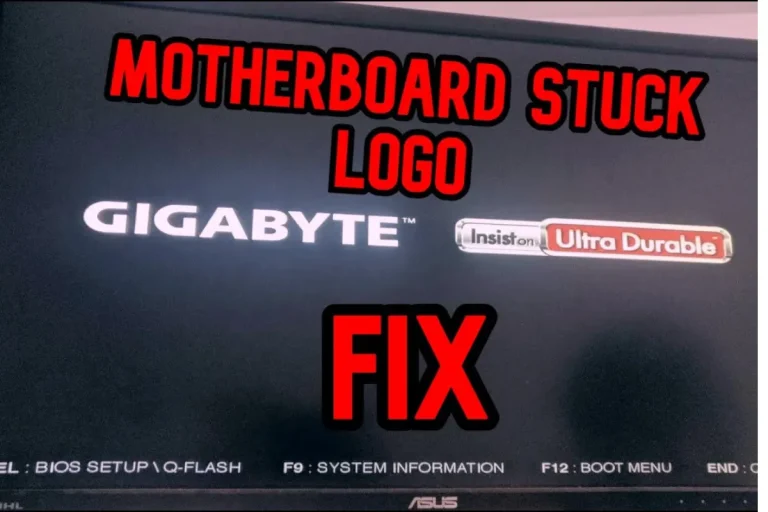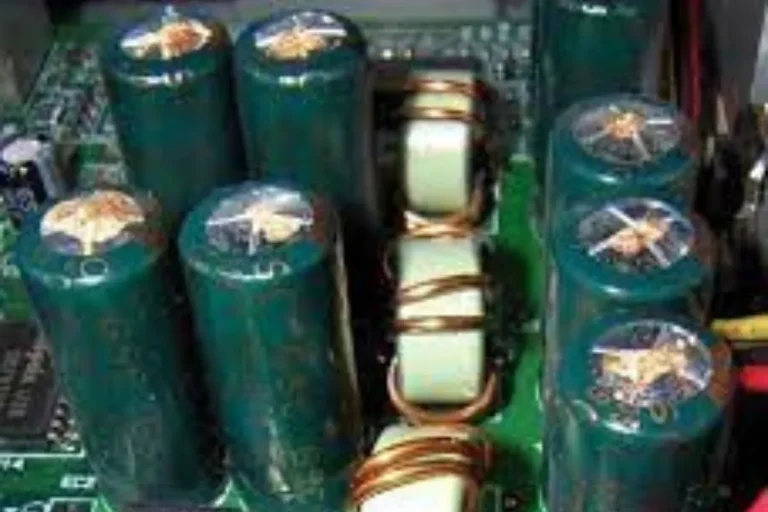Can your motherboard bottleneck your GPU and CPU?
Your motherboard plays a crucial role in the performance of your GPU and CPU. But can it actually cause a bottleneck this blog post, we’ll explore the impact of motherboard compatibility on your system’s speed and capabilities. Get ready to uncover the secrets behind this potential performance hurdle
CPU Bottlenecks
When it comes to your CPU’s performance, the motherboard can play a significant role. In this section, we’ll delve into how a motherboard can potentially become a bottleneck for your CPU, causing limitations in its speed and capabilities.
How a Motherboard Can Potentially Bottleneck the CPU
The compatibility between your CPU and motherboard is crucial. If the motherboard’s socket doesn’t match the CPU’s socket type, it can lead to incompatibility issues and hinder performance. The CPU relies on the motherboard’s socket to establish a connection and transfer data effectively.
Factors That Contribute to CPU Bottlenecks
- Socket Compatibility: Ensure that the CPU socket type matches the motherboard’s socket. Different generations and models of CPUs have varying socket requirements.
- Power Delivery: A motherboard with inadequate power delivery capabilities can limit the CPU’s performance. Insufficient power supply to the CPU can lead to instability and reduced speeds.
- VRM (Voltage Regulator Module) Quality: A motherboard’s VRM is responsible for regulating the voltage supplied to the CPU. Poor VRM quality can result in inconsistent power delivery, affecting the CPU’s stability and performance.
Scenarios Leading to Performance Limitations
- Using an older generation CPU with a motherboard designed for newer CPUs can result in limited performance due to compatibility issues.
- Pairing a high-end CPU with a budget or entry-level motherboard may not provide sufficient power delivery, causing the CPU to underperform.
- Overclocking a CPU beyond the motherboard’s capabilities can lead to instability and potential performance limitations.
GPU Bottlenecks
Is it possible for your motherboard to become a bottleneck for your GPU? In this section, we’ll explore this intriguing question and shed light on the impact of PCIe slots on GPU performance.
The Possibility of a Motherboard Bottlenecking the GPU
Just like with CPUs, the compatibility between your GPU and motherboard is crucial for optimal performance. A mismatched combination can potentially lead to bottlenecks that limit your GPU’s capabilities.
The Role of PCIe Slots in GPU Performance
PCIe (Peripheral Component Interconnect Express) slots on the motherboard are responsible for connecting the GPU to the system. The number of PCIe lanes available and the version of the PCIe standard can impact the GPU’s performance.
Insufficient PCIe Lanes and Outdated Standards
If your motherboard has limited PCIe lanes available for the GPU, it can result in reduced bandwidth and slower data transfer, ultimately hindering the GPU’s performance. Similarly, using an outdated PCIe standard, such as PCIe 2.0 instead of the faster PCIe 3.0 or 4.0, can restrict the GPU’s potential.
Overcoming GPU Bottlenecks
To prevent GPU bottlenecks caused by the motherboard, consider the following:
- Choose a motherboard with sufficient PCIe lanes for your GPU, especially if you plan to use multiple GPUs or high-end models.
- Opt for a motherboard with the latest PCIe standard to ensure optimal bandwidth and data transfer rates.
Identifying Bottlenecks

Have you ever wondered how to identify bottlenecks in your system? In this section, we’ll provide you with valuable tips and techniques to uncover performance limitations. We’ll also explore benchmarking tools and performance-monitoring software that can assist you in this process.
Tips and Techniques for Identifying Bottlenecks
- Observe System Behavior: Pay attention to any signs of performance degradation, such as slow response times, frequent freezes, or excessive CPU or GPU usage.
- Monitor Resource Usage: Keep an eye on system resource utilization, including CPU, GPU, memory, and storage. Identify any components that consistently operate near maximum capacity.
- Run Stress Tests: Utilize stress testing tools to put your system under heavy loads and observe how different components perform. This can help reveal bottlenecks under specific conditions.
Benchmarking Tools and Performance Monitoring Software
- CPU-Z and GPU-Z: These tools provide detailed information about your CPU and GPU, including clock speeds, temperatures, and usage. They can help you identify any abnormalities or bottlenecks.
- MSI Afterburner: This software allows you to monitor and customize your GPU’s performance. It provides real-time data on GPU usage, temperatures, and fan speeds.
- UserBenchmark and PassMark: These popular benchmarking tools assess your system’s performance and compare it to other similar setups. They can help pinpoint areas where your system may be underperforming.
Interpreting and Analyzing Bottleneck Data
- When analyzing bottleneck data, consider the following:
- Focus on components operating at or near maximum capacity for extended periods.
- Identify if the bottleneck is consistent across different tasks or specific to certain applications or workloads.
- Prioritize addressing bottlenecks that significantly impact your desired tasks or activities.
Frequently asked questions
1. Can I overcome motherboard bottlenecks without replacing the entire motherboard?
Yes, there are alternative solutions. You can try upgrading your BIOS to the latest version, optimizing your system settings, or adding additional cooling to improve performance.
2. What should I consider when upgrading my motherboard to support higher-performance components?
Ensure compatibility with your CPU and GPU, check for the required number of PCIe slots and lanes, consider the power delivery capabilities, and review the supported RAM speeds and capacity.
3. How do I select a compatible motherboard for my CPU and GPU?
Research the socket compatibility for your CPU, check the motherboard’s supported CPU generation, and consider the power delivery and VRM quality. For GPUs, ensure the motherboard has the required number of PCIe slots and supports the necessary PCIe standard.
4. Can a mismatched motherboard impact gaming performance?
Yes, a mismatched motherboard can lead to bottlenecks and negatively affect gaming performance. It’s important to choose a motherboard that complements your CPU and GPU to ensure smooth gameplay.
5. How do I know if my motherboard is causing a bottleneck for my components?
Monitor the performance of your CPU, GPU, and other system resources. If you notice consistently high usage and poor performance in specific tasks, it could indicate a bottleneck.
Conclusion
Can your motherboard bottleneck your GPU and CPU? The answer is yes, it can! Your motherboard plays a crucial role in determining the performance of your components. A mismatched or outdated motherboard can restrict the full potential of your GPU and CPU, leading to suboptimal performance.
